An Introduction to Transfection
Overview
Transfection is the process of inserting genetic material, such as DNA and double stranded RNA, into mammalian cells. The insertion of DNA into a cell enables the expression, or production, of proteins using the cells own machinery, whereas insertion of RNA into a cell is used to down-regulate the production of a specific protein by stopping translation. While the site of action for transfected RNA is the cytoplasm, DNA must be transported to the nucleus for effective transfection. There, the DNA can be transiently expressed for a short period of time, or become incorporated into the genomic DNA, where the change is passed on from cell to cell as it divides.
This video describes the basics behind chemical mediated transfections and introduces some of the most commonly-used reagents, including charged lipids, polymers, and calcium phosphate. Each step is described from the preparation of cells for transfection through analysis of transfection efficiency. Additionally, the applications section of this video-article describes the use of electroporation and a biolistic transfection as alternative methods for introducing nucleic acid into mammalian cells. It also describes an advanced use of transfection where co-transfection of interfering RNA and DNA are introduced as a way to down-regulate a naturally occurring protein while at the same time producing a mutant variant of it within the same cell.
Procedure
Transfection is the process of inserting genetic material, such as DNA and double stranded RNA, into mammalian cells. The insertion of DNA enables the expression, or production, of proteins using the cells own machinery. Whereas insertion of double-stranded RNA is used to shut down the production of a specific protein by stopping translation. This powerful tool has allowed researchers better study gene function and expression, protein function, and genetic mutations.
No single transfection reagent or method wor
Tags
Skip to...
Videos from this collection:
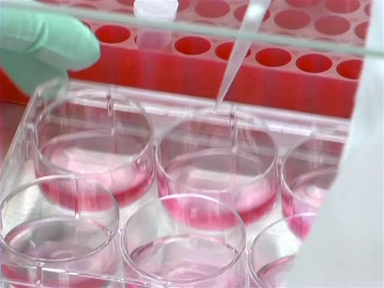
Now Playing
An Introduction to Transfection
Basic Methods in Cellular and Molecular Biology
170.2K Views
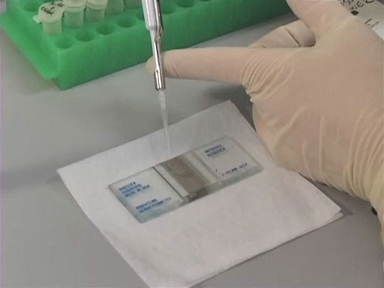
Using a Hemacytometer to Count Cells
Basic Methods in Cellular and Molecular Biology
223.1K Views
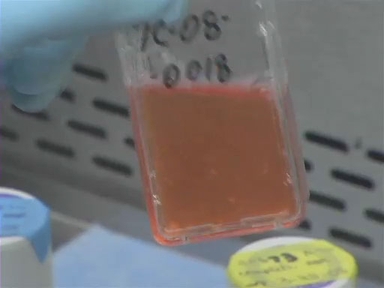
Passaging Cells
Basic Methods in Cellular and Molecular Biology
191.6K Views
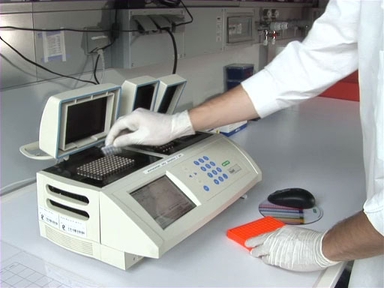
PCR: The Polymerase Chain Reaction
Basic Methods in Cellular and Molecular Biology
722.4K Views

DNA Gel Electrophoresis
Basic Methods in Cellular and Molecular Biology
605.4K Views

Separating Protein with SDS-PAGE
Basic Methods in Cellular and Molecular Biology
478.7K Views

Bacterial Transformation: The Heat Shock Method
Basic Methods in Cellular and Molecular Biology
736.6K Views

Bacterial Transformation: Electroporation
Basic Methods in Cellular and Molecular Biology
115.2K Views
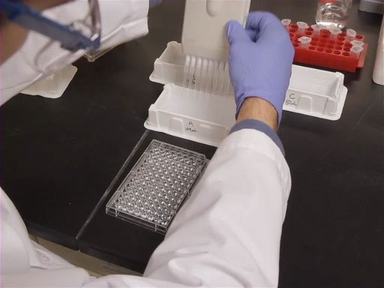
The ELISA Method
Basic Methods in Cellular and Molecular Biology
252.5K Views

Plasmid Purification
Basic Methods in Cellular and Molecular Biology
307.7K Views
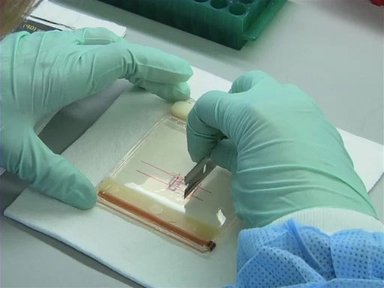
Gel Purification
Basic Methods in Cellular and Molecular Biology
109.9K Views

The Western Blot
Basic Methods in Cellular and Molecular Biology
503.5K Views
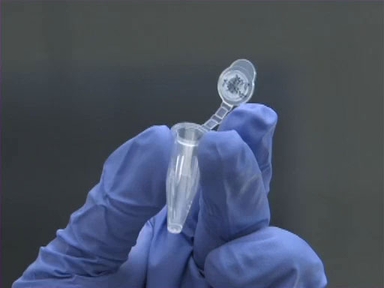
DNA Ligation Reactions
Basic Methods in Cellular and Molecular Biology
189.0K Views
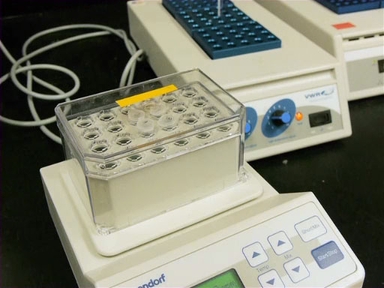
Restriction Enzyme Digests
Basic Methods in Cellular and Molecular Biology
285.4K Views

Molecular Cloning
Basic Methods in Cellular and Molecular Biology
376.6K Views
Copyright © 2025 MyJoVE Corporation. All rights reserved